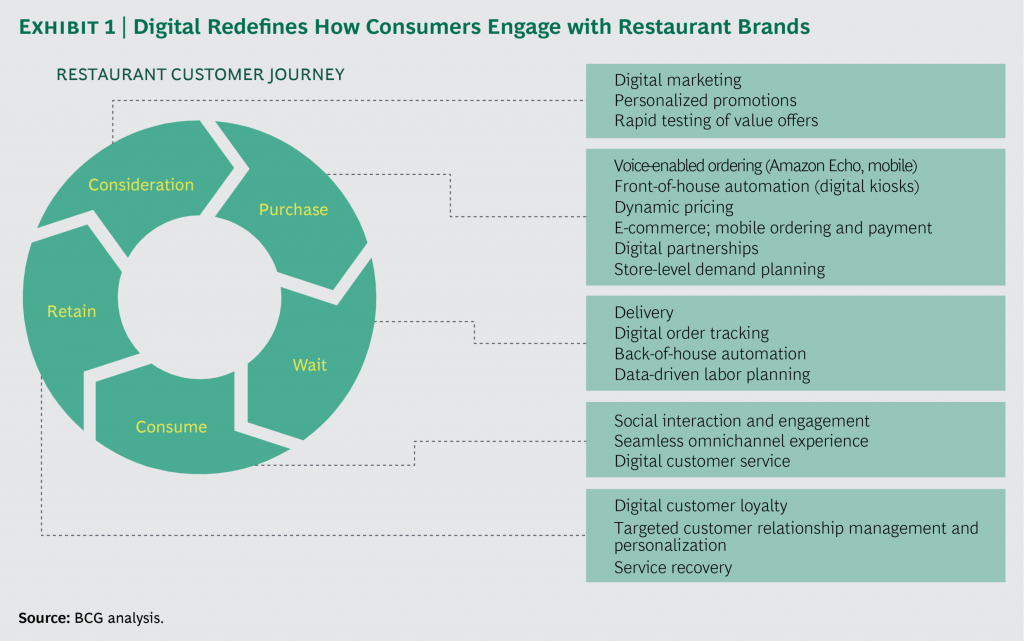Changing consumer behavior in the ‘new normal’ is not just the talk of the town, but the world. In the last few months, some of the major shifts that we have seen happening in the way consumers shop include – less confidence about in-person or in-store shopping, consumers seeking safety and hygiene assurance from the stores and a rise in online deliveries for grocery and pharmacy products.
In fact, according to a report by Apptopia, Walmart Grocery services saw an increase of 55% in average daily visitor numbers during March and April, grocery orders on Instacart were 10 times higher than usual and e-pharmacy portal PharmEasy had a 10% surge in online orders.
In this scenario, services like food & online delivery are seeing great opportunities to gain customer loyalty by re-inventing their digital experiences, as that takes center stage as the key consumer touchpoint. With contactless deliveries, ghost kitchens, drive-thrus, drones, digital payments, and more, delivery services have accelerated their pace of digital shift to meet the evolving customer needs. The changes can be categorized into:
- Strategic changes
- Operational changes
- Engagement/Communication methods
Some such examples are:
- In India, Swiggy rolled out safety badges for those who comply with the highest standards of hygiene. The badges will be given to restaurants following best practices and that have features like temperature control, masks, sanitation after 4 hours, and safe packaging.
- Doordash introduced a new program to deliver essentials. They partnered with a broad range of stores in the U.S region such as Casey’s General Store, 7-Eleven, and CircleK, etc.
There are many such online delivery platforms that have reinvented their business and operational processes to address consumer concerns and offer services that they need the most during these times.
In our recent webinar, Mart to cart: role of digital experiences in online delivery, Srinidhi Rao, SVP and Head of our US operations and I discussed the evolving consumer behavior and key factors that can help delivery services in crafting great digital experiences
Discussion points included:
- Evolving consumer behavior in the ‘next’ normal
- How delivery services are re-inventing and responding to consumer demands
- How brands can engage & communicate with end-consumers
- Adoption of Digital and low touch activities
- Future outlook
You can watch a recording of the session here.
If you want to know more about how we can help you create digital solutions that can help you simplify workplace management for your enterprise, please drop an email to Srinidhi Rao at [email protected].
I hope you found this webinar overview useful and look forward to joining us in our future webinars on other topics pertaining to creating delightful digital experiences that can simplify lives of your consumers.




